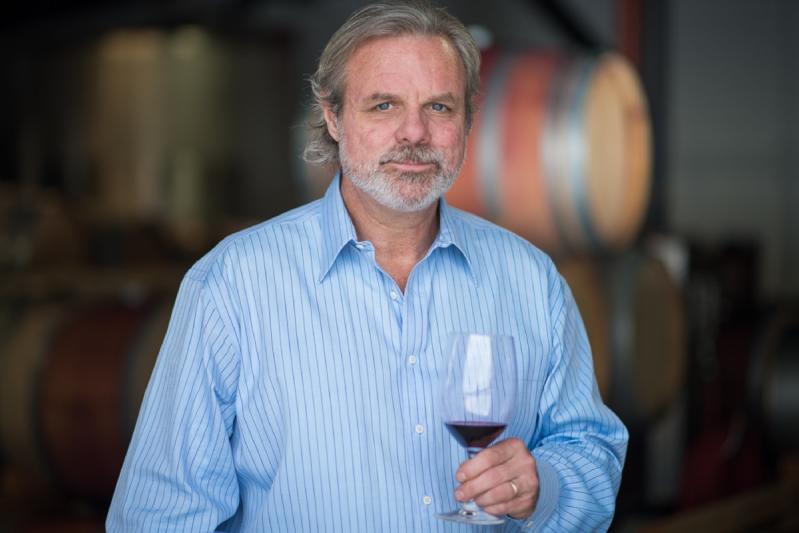There are so many agricultural activities that take place on the East End, it's possible to forget we are also in a wine region consisting of three federally recognized viticultural areas (North Fork, Hamptons, and Long Island).
For those curious about what that means, how it came about, the characteristics of Long Island wine, and specifically, the North Fork, one need not look further than Richard Olsen-Harbich's forthcoming book, "Sun, Sea, Soil, Wine: Winemaking on the North Fork of Long Island."
A slim volume published by the SUNY Press, the book is a supremely well-edited compendium of the history, tradition, science, climate, varietals, and skills needed to produce wine on Long Island.
The idea of winemaking here came with early settlers, but attempts in the early-18th century were not successful. The modern era of winemaking began with the arrival of Alex and Louisa Hargrave, who were attracted to Long Island by a Cornell horticulturalist who encouraged them to plant grapes here in 1973. From that early beginning, some 2,500 acres on the East End are now planted with European grapes, 2,100 of them on the North Fork.
Rather than adopting the "new world" style of winemaking (which is driven by the grape, a high alcohol content, and overripe fruit from a warmer climate), Long Island vintners focus on terroir, lower alcohol and lighter wines, and a cooler climate associated with more "old world" styles. The North Fork produces crisp, aromatic whites and "edgy yet elegant reds," according to the book. There is a marked minerality and the wines are refreshing. Long Island wines are mostly free from winemaker interventions that artificially boost the quality. Mr. Olsen-Harbich said the winemaker relies on the terroir instead to give them character. Wines that don't hit the mark in a given vintage are added into entry level blends rather than getting a separate release.
Written for the armchair enthusiast as well as eventual practitioners, Mr. Olsen-Harbich applies an academic rigor to the subject, delivered in a conversational tone filled with fun facts that are sometimes obvious but often taken for granted.
The "did you know" kind of information provided is plentiful. For example, the North Fork moraine's orientation to the northeast helps moderate its temperatures. The sea also contributes to a temperate climate that is milder than other areas of the same latitude. Cutchogue is one of the sunniest places in New York State and the North Fork is one of the windiest wine growing districts in the world, with average yearly winds of more than 11 miles per hour. The North Fork's growing season averages about 219 days, about four to six weeks longer than the surrounding mainland.
Concise and clear definitions of terroir and minerality, explanations of why the North Fork became the major wine producer of the East End and why chardonnay and merlot grapes are still the most popular, despite their current lack of trendiness are some of the fascinating answers to questions that readers might not have even known they had. There is a lot to learn in this book.
Mr. Olsen-Harbich engages in some myth-busting regarding notions of minerality, but explains why he thinks (backed up with research) that wines grown on the North Fork taste the way they do. Hint: A lot of it has to do with the various salts in the air that blows in off the ocean and hangs in the area's humid atmosphere.
The winemaker at Bedell Cellars for more than a decade, the author began working in East End vineyards in 1982 during a summer break from Cornell University. His employers, David and Stephen Mudd, began planting on the North Fork in 1974. He worked at the Bridgehampton Winery with Lyle Greenfield the following year, leading to a succession of positions at North Fork wineries over four decades. He has produced more than 40 wines rated 90 or more points at Bedell and 50 during his career. He also defined all three federally recognized Long Island American Viticultural Areas.
Bedell is an 80-acre estate that uses sustainable farming practices, works with 100 percent indigenous yeasts in its fermentation, and uses artistic blending practices with minimal agricultural chemicals involved. Mr. Olsen-Harbich's book can be ordered now on the SUNY Press website for its Jan. 1 release.





